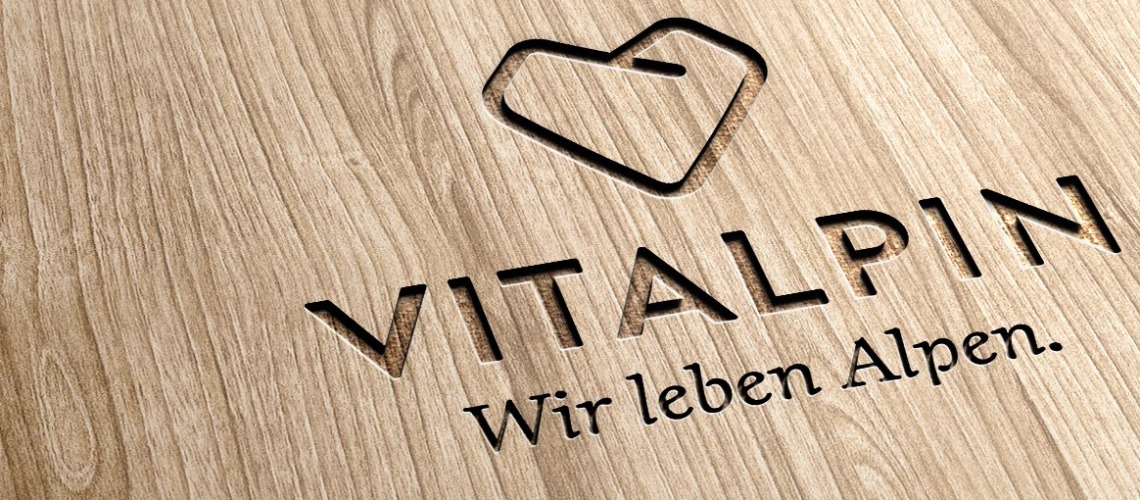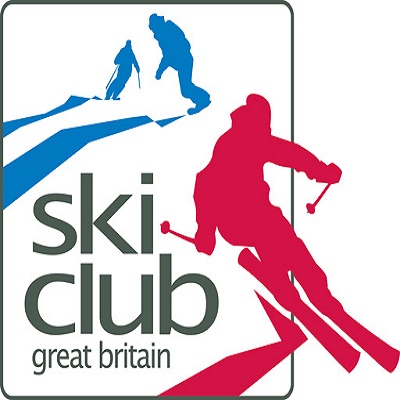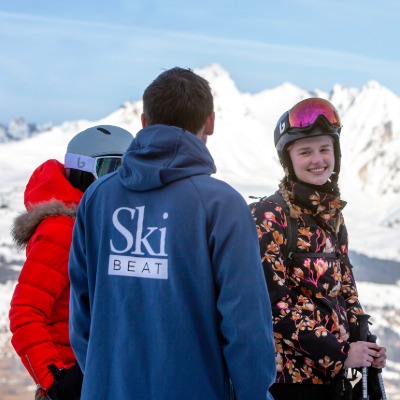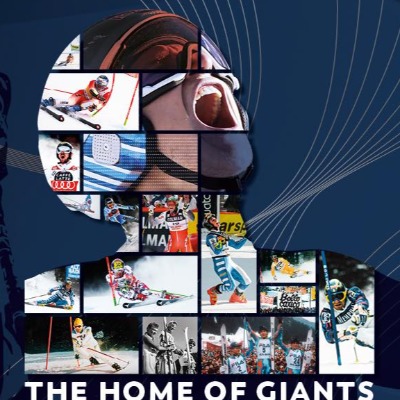Theresa Haid, Vitalpin’s MD Examines Challenges And Opportunities In The Industry.

In her monthly tourism podcast "Bergegnungen", Theresa Haid, Managing Director of VITALPIN, examines current tourism topics as well as challenges and opportunities in the industry.
The energy crisis, which has been discussed and felt so much in recent months, and the acute shortage of workers not only pose major challenges for our society, but also for individual sectors and raise questions about the future - tourism must also be rethought. For this reason, Theresa Haid's current episode of her podcast "Bergegnungen" is all about new possibilities for a year-round tourism concept. She speaks with her podcast guest Markus Redl, Managing Director of ecoplus Alpin GmbH and head of the program for tourism development at nine mountain adventure centers in the alpine south of Lower Austria. The conversation also focuses on snow-covered slopes, bike parks in the middle of ski areas and large adventure parks as models for a year-round range of sports.
Ski resorts in energy-saving mode
Due to increasingly frequent weather phenomena such as heavy rain events or foehn weather conditions, strategic partial demolition of snow-covered slopes and essential parts of the slopes must be considered. This is especially true for low-lying ski areas, such as those found in Lower Austria. "Every cubic meter of snow that is produced and is supposed to ensure safety and the usual quality for the piste experience will become significantly more expensive. That's why you have to think about what is really needed, where savings can be made and which future-oriented projects can be implemented," emphasized Markus Redl. In his opinion, we have to get out of the monoculture of the flattened slopes and go new, diverse ways,
Low-lying ski areas in transition
When asked what the future of low-lying ski areas would look like, Redl replied as follows: “In those ski areas with a well-developed cable car infrastructure, this must also be used in summer. However, lower-lying ski areas can usually not offer this, so other approaches are needed to make them more attractive. The winter season in eastern Austria is relatively short and guaranteeing suitable snow conditions for the skiing experience is becoming increasingly challenging. In the Lower Austrian ski area in St. Corona am Wechsel, an extensive range of offers for mountain bikers has therefore been created in recent years. The "Wexltrails" bike park now has three times as many visitors per year as the ski area. "We built our own "bike lift" for mountain bikers, which is also used in winter and can be used by skiers. This is how we create an attractive and, above all, year-round offer,” says Redl.
365 days of mountain adventure – the new goal
Although winter, as the most valuable season in the Alps, still occupies the tourism throne, it is precisely the interplay of the seasons in which Redl sees enormous opportunities. In his eyes, the future lies in creating a 365-day mountain experience. He cites international examples that can serve as a role model: In North America, adventure parks such as Woodward Park City in the state of Utah offer an extensive and, above all, year-round range of sports, which is particularly suitable for day tourists from the nearby city of Salt Lake City worth. On the "CopenHill", the Copenhagen center for urban mountain sports, Danish winter sports enthusiasts can, among other things, make their turns on a 450-meter-long ski slope - and that on a waste incineration plant. In the summer months, the facility scores with an 85 meter high climbing wall. “These international figureheads show what a 365-day mountain experience can look like. For large cities such as Vienna, I could well imagine so-called snow parks that need to be connected to local public transport,” added Redl. The goal in the near future must be to give the population low-threshold access to year-round sports.
Further information and the podcast to listen to: www.vitalpin.org/podcast














